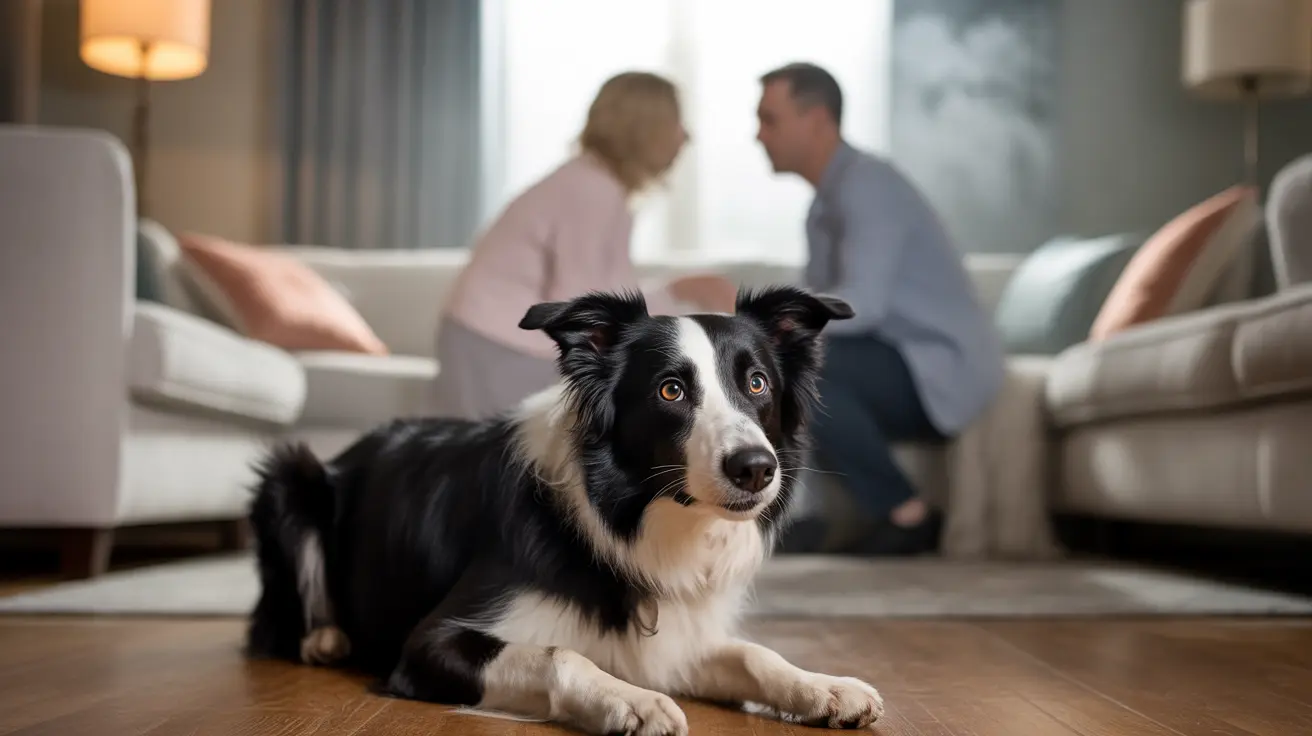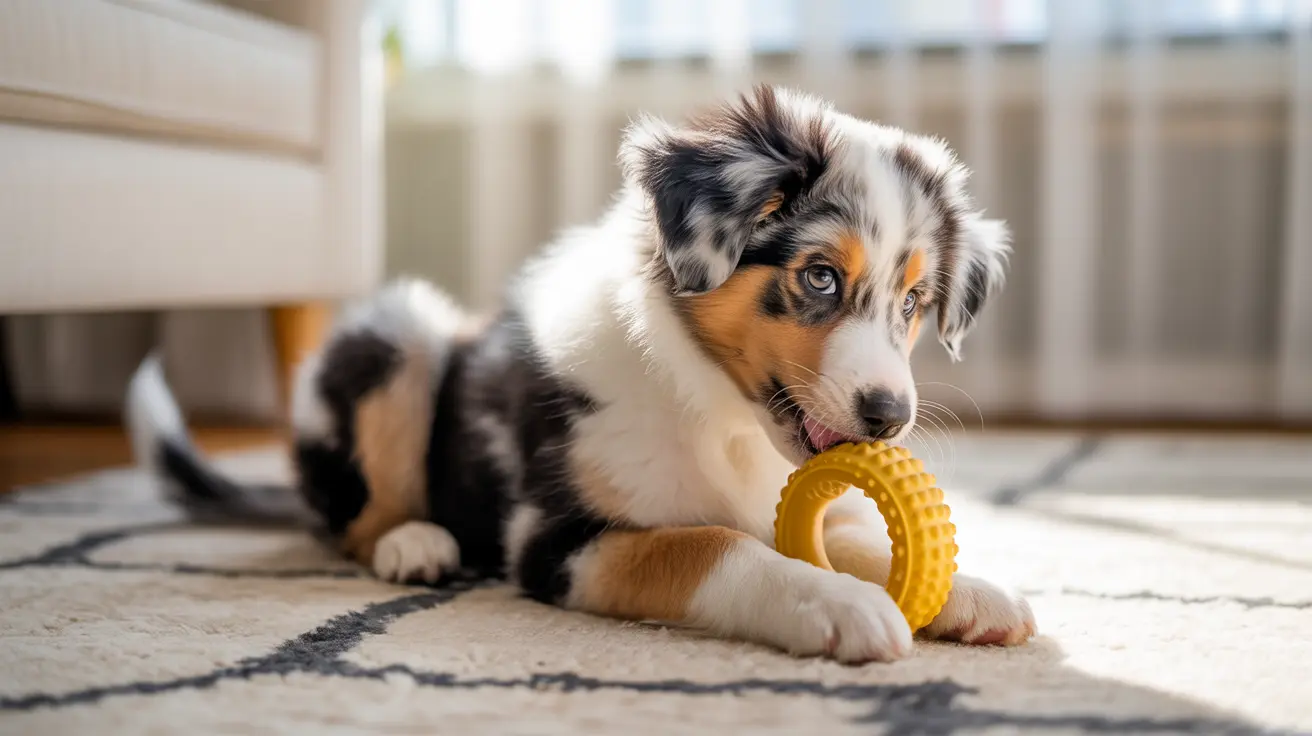Understanding the Differences Between American Staffordshire Terrier and Pitbull
The American Staffordshire Terrier and the American Pit Bull Terrier (often called "Pitbull") are breeds that spark frequent confusion due to their strikingly similar looks and shared history. Yet, despite these similarities, there are clear distinctions in their lineage, physical traits, recognition by kennel clubs, and even their roles as family companions.
Shared Origins: A Brief History
Both breeds trace their roots to dogs bred for bull- and bear-baiting in the United Kingdom. Over time, these dogs made their way to America where they evolved into versatile working animals, loyal companions, and unfortunately, were also used in illegal dog fighting rings. The term "pit bull" itself is an umbrella label that can refer to several breeds—including the American Pit Bull Terrier (APBT), American Staffordshire Terrier (AmStaff), Staffordshire Bull Terrier, and American Bully.
The American Staffordshire Terrier was developed from the American Pit Bull Terrier in the United States. Originally called "Staffordshire Terrier," it gained the "American" prefix to distinguish it from its British cousin—the Staffordshire Bull Terrier.
Kennel Club Recognition
- American Pit Bull Terrier: Recognized by the United Kennel Club (UKC), but not by the American Kennel Club (AKC).
- American Staffordshire Terrier: Recognized by the AKC as a distinct breed.
This difference in recognition has led to slight variations in breeding standards over time.
Physical Differences
- Size: APBT males typically stand 17–22 inches tall and weigh 30–75 pounds; females are slightly lighter. AmStaff males generally stand 18–19 inches tall and weigh 55–70 pounds; females are a bit smaller.
- Build: AmStaffs tend to be stockier with broad heads and pronounced cheek muscles. APBTs are usually taller with more visible muscle tone but a leaner frame.
- Coat: Both have short, stiff coats that come in many colors. APBTs can be any color except merle; AmStaffs appear in solid colors or brindle patterns.
The differences may seem subtle at first glance but become more apparent when you see both breeds side by side: AmStaffs look more compact while APBTs appear slightly longer-legged and athletic.
Temperament & Personality
Beneath their muscular exteriors lies a heart of gold—both breeds are known for being loyal, intelligent, playful, and devoted to their families. Well-socialized individuals often display affectionate behavior toward people (including children) and thrive on companionship.
- Neither breed is inherently aggressive toward humans; historical aggression was directed at other animals rather than people.
- Pit Bulls may show more energy than AmStaffs but both need early socialization and consistent training using positive reinforcement techniques.
If you're seeking a dog that's eager to please yet full of life, either breed can fit well—provided you invest time in proper training from puppyhood onward.
Exercise & Enrichment Needs
Boredom isn't an option for these energetic dogs! Both breeds require daily exercise—think long walks, runs, games of fetch—as well as mental stimulation like agility or scent work. Lack of activity can lead to unwanted behaviors such as destructiveness or excessive barking.
- Pit Bulls may have slightly higher energy levels than AmStaffs but both need active families who enjoy spending time outdoors together.
Grooming & Health Considerations
- Blessed with short coats, grooming needs are minimal: weekly brushing plus occasional baths will keep them looking sharp. Regular ear cleaning helps prevent infections since skin issues can crop up (especially for Pit Bulls).
- Lifespan: About 12–16 years with good care
- Common health concerns include hip/elbow dysplasia, skin allergies (more common in Pit Bulls), progressive retinal atrophy (more common in AmStaffs), patellar luxation (more common in Pit Bulls), hypothyroidism (more common in AmStaffs), cerebellar ataxia (rare; seen in AmStaffs)
Sociability & Living Arrangements
If you live in an apartment or small home but lead an active lifestyle—and provide ample exercise—either breed can adapt well. Both form strong bonds with their humans but may develop separation anxiety if left alone too long. Supervision around unfamiliar animals is wise due to potential dog aggression tendencies from their ancestry.
- Pit Bulls usually do best as single pets unless socialized early with other animals; AmStaffs also benefit from prompt socialization but may be more reserved overall.
Stereotypes & Misconceptions
The idea that pit bulls or American Staffordshire Terriers are inherently dangerous stems from outdated stereotypes rooted in history and media bias. Temperament depends on genetics, upbringing, training—not just breed alone. When responsibly bred and raised with love, both make gentle companions who delight in family life.
Main Differences Summarized
- The American Staffordshire Terrier is recognized by the AKC; the American Pit Bull Terrier is not.
- Pit Bulls tend to be taller/leaner while AmStaffs appear stockier/broader-headed due to different breeding standards over time.
- Both share similar personalities—energetic, affectionate—but may differ slightly in energy levels or sociability with other animals depending on upbringing.
If you're considering adding one of these remarkable dogs to your family, focus less on labels—and more on meeting their needs for exercise, structure, training, and love. With responsible ownership, either breed will reward you with devotion for years to come.





